What Should I Do With My Old 401(k)?
If you’ve recently switched jobs, you may be left wondering what to do with that 401(k) at your previous employer.
You have some options, but you’ll want to take a few steps to evaluate your former employer’s plan before making any moves.
Look at what you’re paying in fees. Every plan needs to pay administrative expenses like legal and accounting fees. You may need to dig into the plan document or other disclosures to find out how much you’re paying. Get in touch with your former employer’s HR department if you can’t find the documents online.
Review the investment options. Find out if the plan offers low cost investment options by looking at the expense ratios of each of the funds. Many passively managed index funds have expense ratios near zero, while some actively managed funds charge 1% or more. Sometimes these expenses are higher in a 401(k) plan as a way to fund the administrative fees.
Understand if your account is a Roth or Traditional 401(k). This will impact where you need to move the funds to if you want to do a rollover.
Think about your goals and future savings plans. Keeping your pre-tax or traditional 401(k) money out of an IRA leaves open the option of performing backdoor Roth IRA contributions in the future while avoiding the pro-rata rule.
The Options
Leave the money in the plan
If your former employer offers a low cost plan with quality investment options, there is no rush to move your money. And you can’t be forced to take it out if you have over $5,000 in the plan.
This may be a good option for you if you’re thinking about making backdoor Roth IRA contributions in the future and your new employer doesn’t have a plan or has a less desirable plan.
Roll over the funds in your 401(k)
You have two options when it comes to rolling over your 401(k):
Roll it over to your new employer’s plan. Make sure your new plan isn’t burdened by high administrative fees and offers sufficient investment options before going this route. And be sure to confirm that your new plan accepts incoming rollovers – not all do.
Roll it over to an IRA. The benefits of rolling your 401(k) to an IRA are that you have virtually unlimited investment options, you can choose where you open the account, and there are no administration fees.
You want to be careful to only roll pre-tax 401(k) contributions to a traditional IRA and after tax or Roth contributions to a Roth IRA. Keep in mind that employer matching contributions have to go into a traditional IRA because they are considered pre-tax contributions.
There are a couple different methods to perform a rollover from a 401(k) to an IRA.
In a direct rollover, the funds are moved directly from your 401(k) plan to your IRA.
With an indirect rollover, the funds are sent to you, typically with taxes withheld. You then need to make sure they are deposited into the IRA.
You need to deposit the money (including the amount that was withheld for taxes) within 60 days to avoid owing tax and penalties with an indirect rollover. So it’s typically easier and safer to do a direct rollover.
Withdraw the money
You can technically withdraw the funds from your 401(k), but you will need to pay taxes on the withdrawal, and if you’re under 59 ½, you’ll also pay a 10% penalty. This option should be a last resort, and this example will illustrate why.
Let’s assume we have a 35 year old who withdraws $5,000 from an old 401(k). The IRS requires a 20% tax withholding, and there will be a 10% early withdrawal penalty. So the net amount received will be $3,500.
Now let’s assume the $5,000 is left in the plan or rolled over to an IRA and invested in a group of funds that will earn an average of 8% over the long term. In 30 years, at age 65, that $5,000 will have grown to about $50,000. This will be taxed when withdrawn, so take out the same 20% for taxes that we used earlier, and you’re left with $40,000.
So when you’re thinking about cashing out that old 401(k), the 10% penalty may seem small, but in this case it’s potentially $35,000 in growth that you’re missing out on.
The Takeaway
You have a few different options when it comes to an old 401(k). Take some time to understand your old plan, and think about your financial goals before you jump into making a decision. And whatever you decide, think twice if you’re considering withdrawing the balance.
Joe Calvetti is a CPA and the founder of Still River Financial Planning, a comprehensive, fee-only financial planning firm that specializes in working with young families and professionals. Click here to learn more about how we work with clients.
Are you interested in staying up to date on new articles and other news from us? Sign up for our newsletter or follow us on Facebook and Instagram.
Ready to learn more about how we can work together? Schedule an introductory call.
Disclaimer: The information provided above is for educational purposes only and should not be considered financial, legal, or tax advice. You should consult with a professional for advice specific to your situation.





